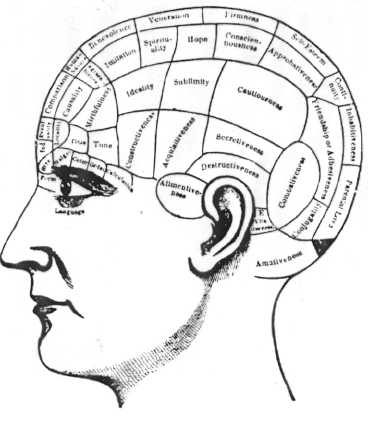 I first came across an interview of (Elizabeth) Ewen & (Stuart) Ewen in I.D. magazine last month. The interview was accompanied by a full page photograph was of a stern-faced middle age couple, the man bearded, and one was seated. Both were wearing (in my memory) dull-coloured patterned sweaters in front of a shelf of books.
I first came across an interview of (Elizabeth) Ewen & (Stuart) Ewen in I.D. magazine last month. The interview was accompanied by a full page photograph was of a stern-faced middle age couple, the man bearded, and one was seated. Both were wearing (in my memory) dull-coloured patterned sweaters in front of a shelf of books.What are you thinking when you read this description of them? What image, if any, forms in your mind's eye?
What we see, of course, is also what we have been taught to see. The ideals of beauty, the judgement of chcter, the assignment of racial attributes, the rationalisation of power - it is really quite amazing how much contradiction we actually live with in order to maintain these notions.
 From the the opening pages of historians Ewen & Ewen's book Typecasting: The Arts and Sciences of Human Inequality, the reader is presented with a sweep of vignettes not so much about stereotypes per se, but how we perceive what we see - particularly other persons, race, gender etc - is tied to the evolving geography of power; the forces of urbansation; the sly strategies of the early European and American colonisers; the curious histories of "Curiosity Cabinets"; the rather bizarre rise of physiognomy and cranioloy and phrenology (and noses, of course!); and the continuing complicity of art, science and entertainment.
From the the opening pages of historians Ewen & Ewen's book Typecasting: The Arts and Sciences of Human Inequality, the reader is presented with a sweep of vignettes not so much about stereotypes per se, but how we perceive what we see - particularly other persons, race, gender etc - is tied to the evolving geography of power; the forces of urbansation; the sly strategies of the early European and American colonisers; the curious histories of "Curiosity Cabinets"; the rather bizarre rise of physiognomy and cranioloy and phrenology (and noses, of course!); and the continuing complicity of art, science and entertainment. One chapter on how folks were exported and presented at the World's Fair, "scientific"' shows and even in a zoo, right up till the early 20th century, was disturbing. Even after their deaths, their skins were sent to the taxidermist, their body parts pickled and their skeletons taken apart before being stored in museums - often forgotten. One of the most well-known of such persons being a lady Saartje Baartman from South Africa.
Another chapter on American Orson Fowler (publisher of the first edition of Whitman's Leaves of Grass!) was interesting how phrenology, born in Europe under the guises of science, became a multi-product self-help enterprise in America. In fact, beyond the deterministic theories of the early phrenologists, Fowler departed by admitting a degree of free will and self-determinism, guided by the moral imperatives of an early protestant America. So if there were 2 boys endowed with a similar "cranial potential", Fowler allowed for 1 to choose the way of righteousness and the other could still choose the "downward course". But in one respect, the American phrenologist was consistent with his European predecessors: both insisted that Indian and African skulls - or for that matter, the "Jewish nose" - were proof of the intellectual and moral inferiority of these non-European races.
We don't need a 555-page book (thankfully, there're lots of pictures!) to tell us that ideas of human inequality is perpetuated by those in power. But I guess it is always good to be reminded how easily the very things we love - the images we create, the knowledge we investigate - can be systematically employed in such degenerate enterprise.






No comments:
Post a Comment